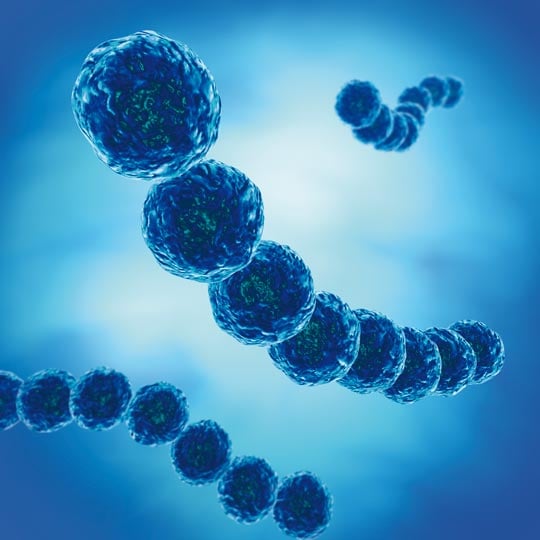Modes of Transmission

The Gram-positive Enterococcus faecalis bacterium can be observed singly, in pairs or in chains, and belongs to the Enterococcaceae family. Being similar in morphology and structure, it had formerly been classified as Streptococcus. The bacterium can utilise both aerobic and anaerobic cellular respiration pathways.
Enterococcus faecalis may cause catheter-associated urinary tract infection or wound infection.
Enterococcus faecalis can be resistant to aminopenicillins, glycopeptides, vancomycin and teicoplanin (= VRE, vancomycin-resistant enterococci) and increasingly also to new antibiotics such as cephalosporines or fluoroquinolones.
The main transmission path is direct or indirect contact with contaminated persons or objects.
» Necessary spectrum of antimicrobial activity
Bactericidal
